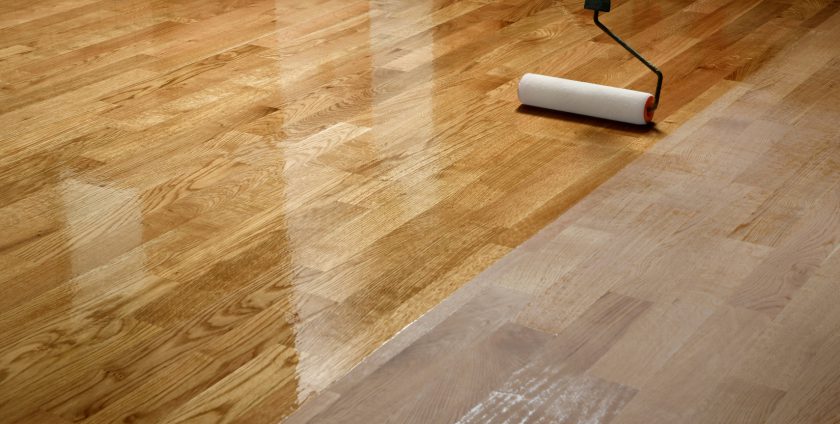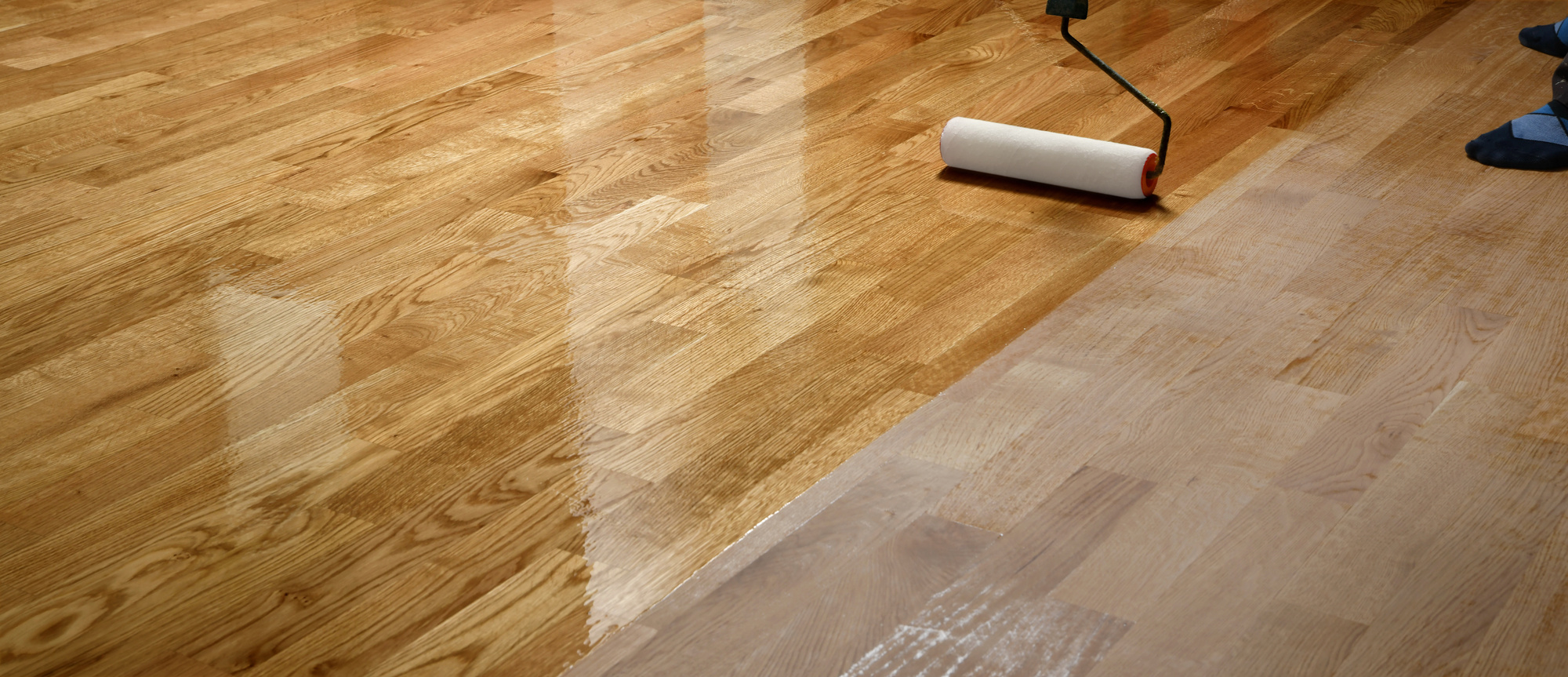
Oil or varnish – which will protect hardwood flooring better?
Appropriate, well-executed finishing not only affects durability and damage resistance, it additionally affects the floor’s appearance and aesthetic value. Oiling and varnishing are some of the techniques most often utilized for securing wood floors. Which solution has more advantages?
This is not a question that can be answered clearly. Several factors, like intensity of floor use, installation method, and wood species should be taken into consideration in the process of selecting a suitable protective coating. The chosen solution will have a great impact on both the visual appeal and the functionality of your floor’s surface.

Use varnish to show off the beauty of your wooden floors
Varnish creates a protective layer on the surface and does not penetrate deep into the boards. When using varnish, we have a wide range of finish possibilities to choose from. We can maintain the natural grain and color by utilizing water-based varnishes or applying solvent-based varnishes, which provide the wood with a warmer tone. Varnishing will let us obtain an effect on the floor similar to the surface of water or create a matte, semi-matte or raw wood effect.
Varnish provides a surface that is solid, durable and resistant to mechanical damage, preventing the floor from aging too fast. It requires relatively simple maintenance and care – meaning their performance is better than that of oiled floors.
Nevertheless, there are certain disadvantages related to varnishing. Particularly, even tiny dings or scuff marks on the floor will require scraping the entire surface and applying the varnish all over again. Hence, it is well worth considering whether it will be a good solution to varnish floors in areas specifically exposed to high traffic or mechanical damage. Varnishing can also be a bit more expensive than oiling. However, its advantage, is a very attractive visual effect, so it is still worth considering the use of this technique for wood protection, in perhaps the study or living room.
Use oiling to bring out the natural beauty of wood
Oil draws out the naturally warm color of the wood. It provides visual characteristics similar to those of solvent-based varnishes, but it darkens the color to a larger degree, highlighting the natural tone and grain of the wood. Oiling a floor will provide a matte finish if you use natural oils or a somewhat glossy, velvety finish if you use oils enriched with wax. This is an excellent solution for those who prefer natural materials and finishing methods. Oil penetrates deep into the boards’ structure, exposing their natural grain and texture. It also deepens the color quite a bit.
Nevertheless, keep in mind that as far as hardwood floor refinishing goes, oiled floors require maintenance a bit more frequently than varnished floors. It is wise to utilize soaps formulated specifically for oiled floors for regular washing and once every year or two, perform a deeper cleaning and apply a maintenance oil. On another note, any defects can be spot filled, which means that unlike lacquer, you can repair without scraping the entire floor. Potential staining on the surface is rarely an issue either. Oil also has the benefit of a marginally lower price compared to wood varnishes.
Varnish or oil
As previously mentioned, it is tough to determine whether varnish or oil are the best choice for your hardwood floor installation or refinishing project. Both of these methods offer an attractive finish and good protection. No matter which solution you select, taking good care of your wood floor should be a priority in order to enjoy its beauty and endurance for years to come.
If you are uncertain about the best finish for your wooden floor, contact us now and we will guide you and recommend a suitable solution. Our extensive experience allows us to be able to choose an appropriate oil or varnish for each type of wooden floor.
- By: admin
- Category: Uncategorized
- 0 comment






